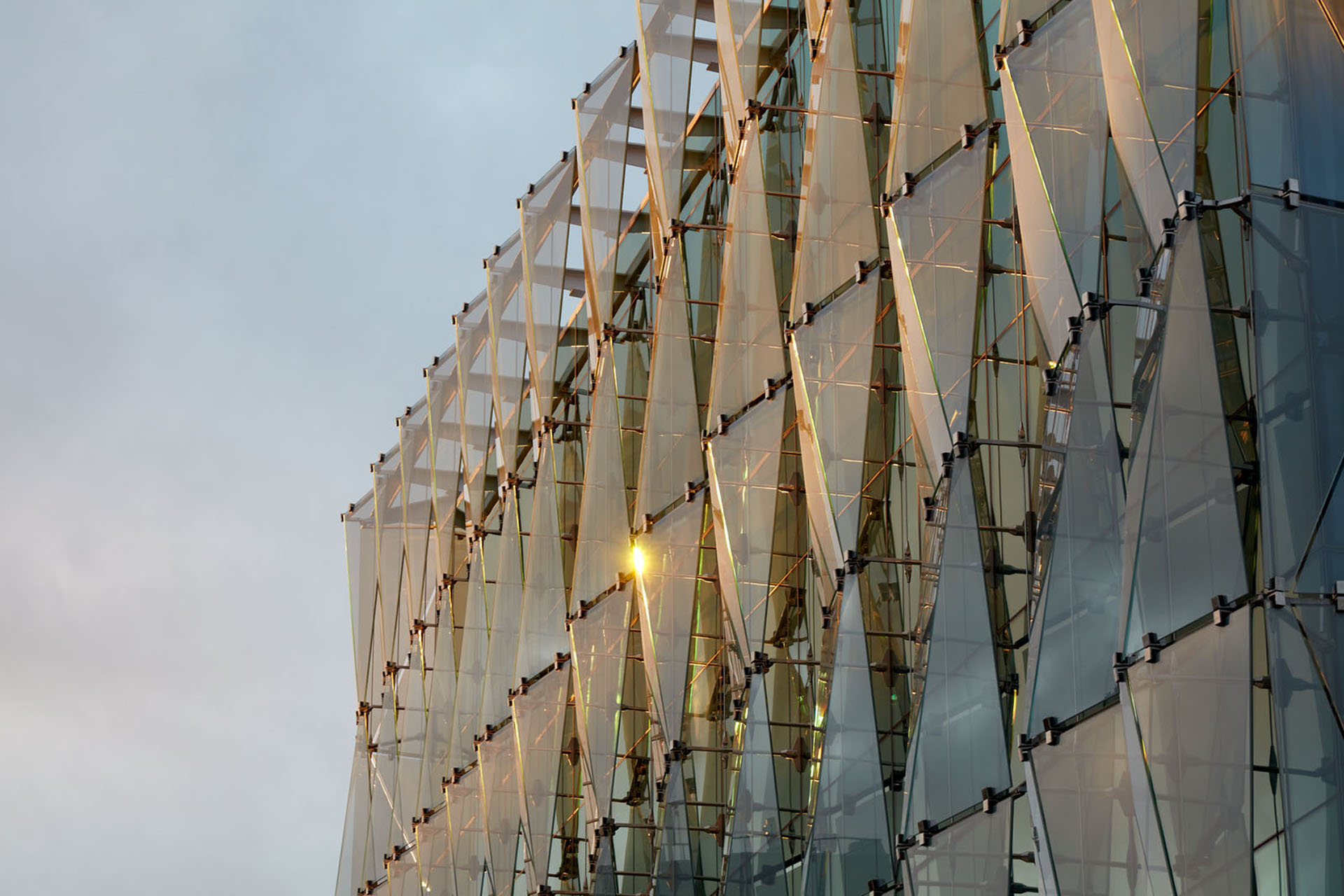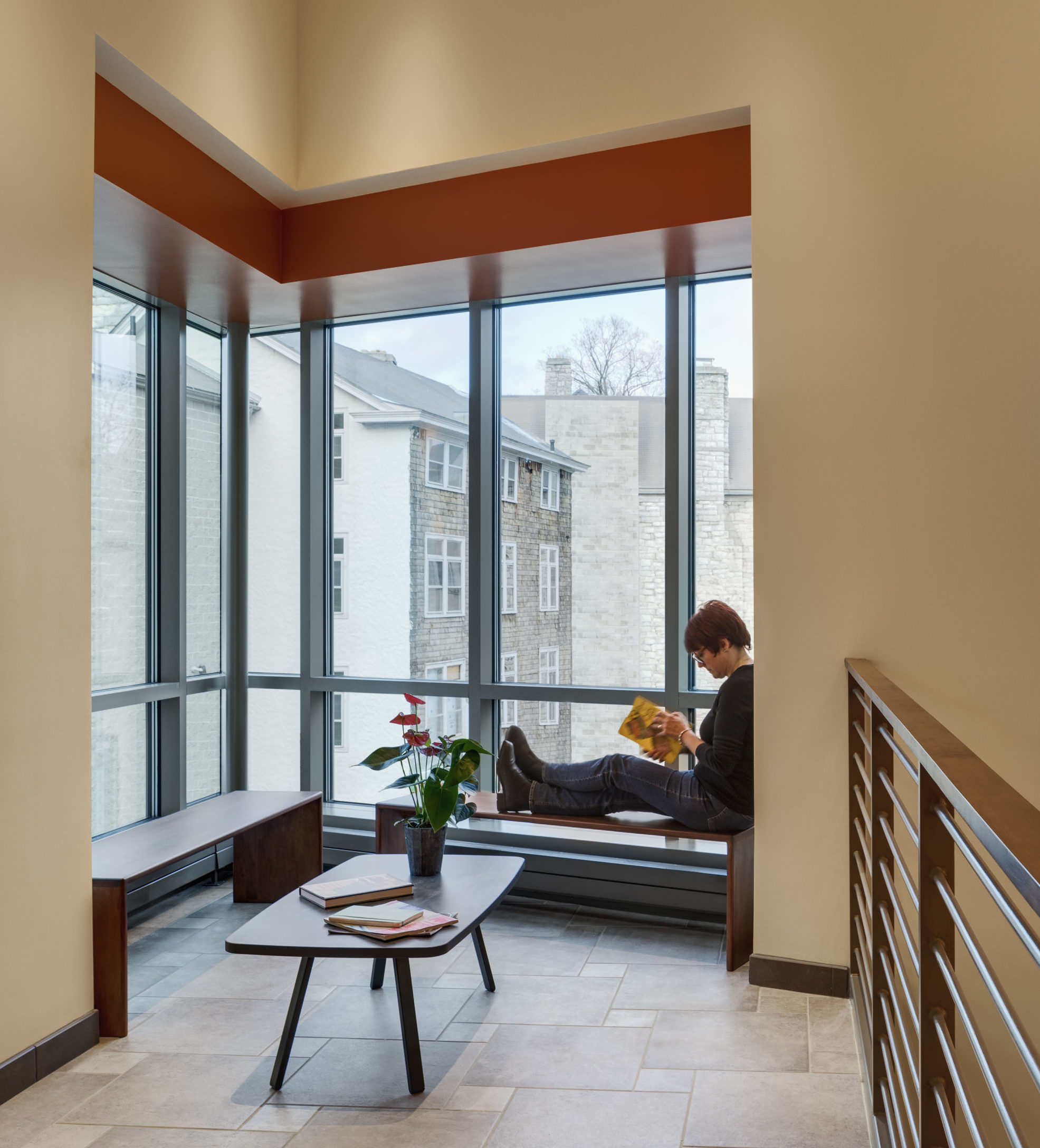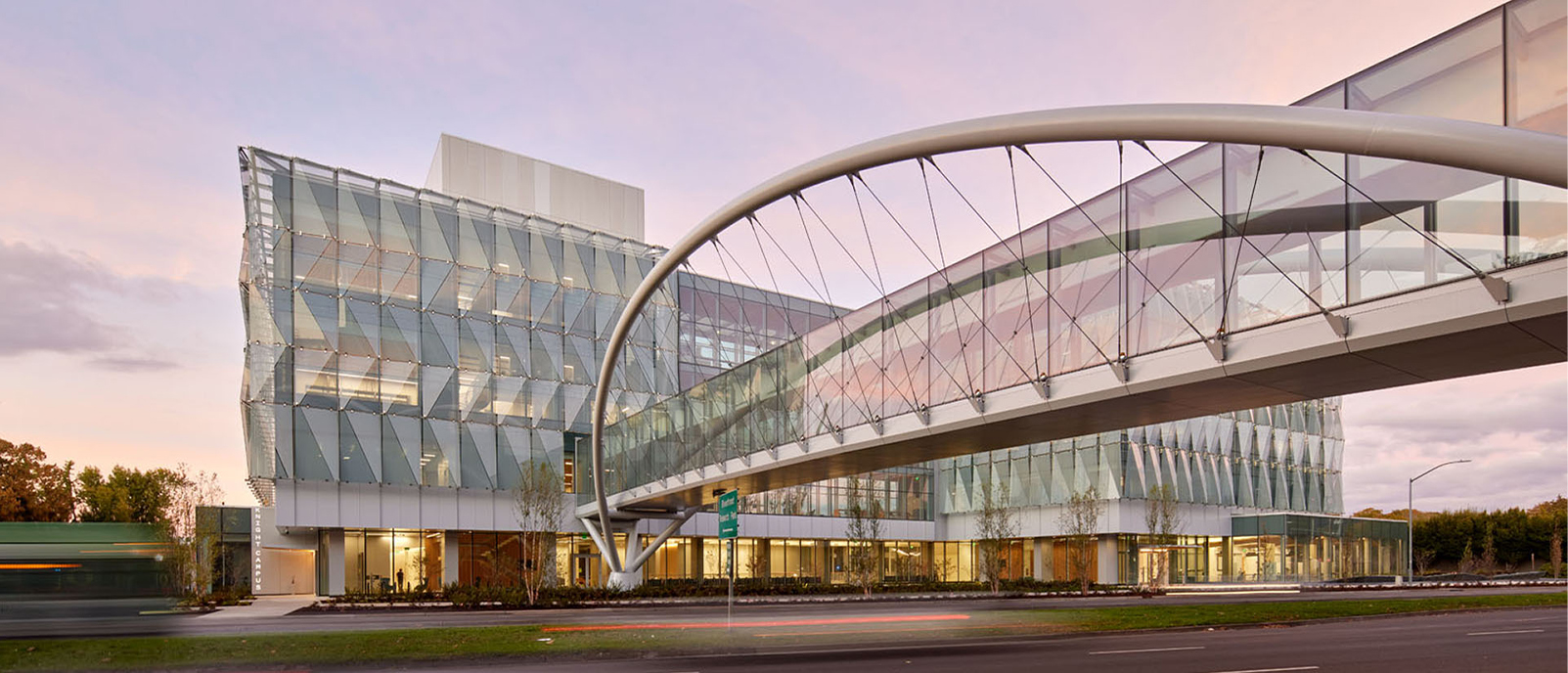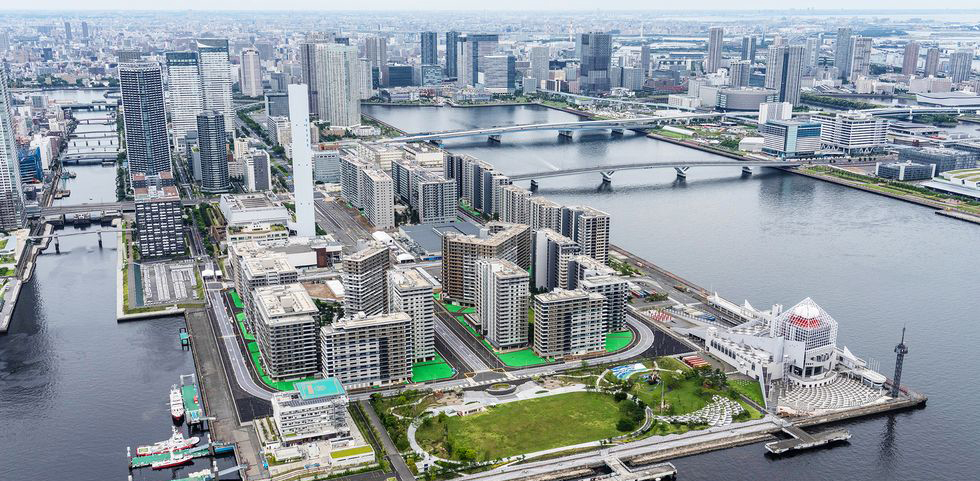Architects: Want to have your project featured? Showcase your work by uploading projects to Architizer and sign up for our inspirational newsletters.
Architects are positioned to be at the forefront of the drive to mitigate the most devastating outcomes projected for our warming planet. About 40 percent of greenhouse gas emissions are produced by the construction industry. In recent years, this statistic has become a vital wake up call for us, as architects and designers, to understand our role in the campaign for a more sustainable future. Yet, despite the astronomical amounts of time and energy that have been devoted to researching sustainable technologies, the vast amount of information is perpetually evolving to the point that “best practice” architecture has become a system in constant flux with the goalposts always changing.
It has become increasingly challenging to stay informed with the most up-to-date sustainability information. Yet, at the same time, the growing demand for architects with a strong understanding of green architecture remains a top priority for hiring managers and recruiters. So, as a practicing architect, how can you ensure you’re at the top of your game when it comes to saving the planet and the top of the list for a new position?

Fellows Hall, Williams College by PBDW Architects, Williamstown, MA. Popular Vote, 2021 A+Awards, Architecture +Sustainability
Understand Your Materials
No two bricks are the same and neither are their manufacturers. It’s important to understand where the products you specify come from — not only in terms of their location (which is equally as important), but who makes them and their manufacturing process. Each product we specify has its own carbon footprint and how it is manufactured and the running practices of the manufacturer have an impact on how good or bad a product is for the environment.
There are masses of Green Building Certifications for all sorts of materials, so it’s a good idea to learn which manufacturers and suppliers take an active approach in reducing their carbon footprint, so you and your project can reduce yours. Companies such as EDGE and Green America have explicitly been set up as resources to highlight manufacturers and businesses that are most and least sustainable, making it easier to make good choices.
Embrace the Teachings of Nature
Considerations around sustainable design ultimately impact the planet and its inhabitants. So, as the principal benefactor from positive choices, it is sensible to regard nature as a mentor when making sustainable design decisions. When problems are encountered in the built environment, it can be logical to look to nature for potential solutions.
The negative impact building and architecture have had on the planet is a relatively new problem; by looking back at more traditional ways of dwelling and construction, we can understand how to reduce our adverse effects. This approach has led to innovations like biomimicry and energy positive buildings. Many institutions offer courses that provide additional certification on nature-led design, including the Minneapolis College of Art and Design and Gaia Education. These extra certifications can help boost your knowledge and your CV.
Realize the Future
As important as it is to look backward to a time before there were problems, we must look forward and embrace the new technologies being discovered every day. New technologies have always driven innovation in architecture and construction, and the present day is an exciting time to be an architect. The technological advances of the digital age provide the industry with a plethora of new tools to take building design to the next step in a kinder and more sustainable way.
Keeping on top of technology advancements is hard work and no one else can do it for you. Taking an active approach to learning is the only way to keep your skills up to date and ensure you can provide the expertise companies need going forward. Websites and blogs like Architizer, Architects’ Journal and Re-Thinking the Future can inform you on what your peers are working on, and the technologies they are embracing while learning new software either in your own time or on a course adds to your skillset. Autodesk and Adobe both regularly update their courses and certifications.
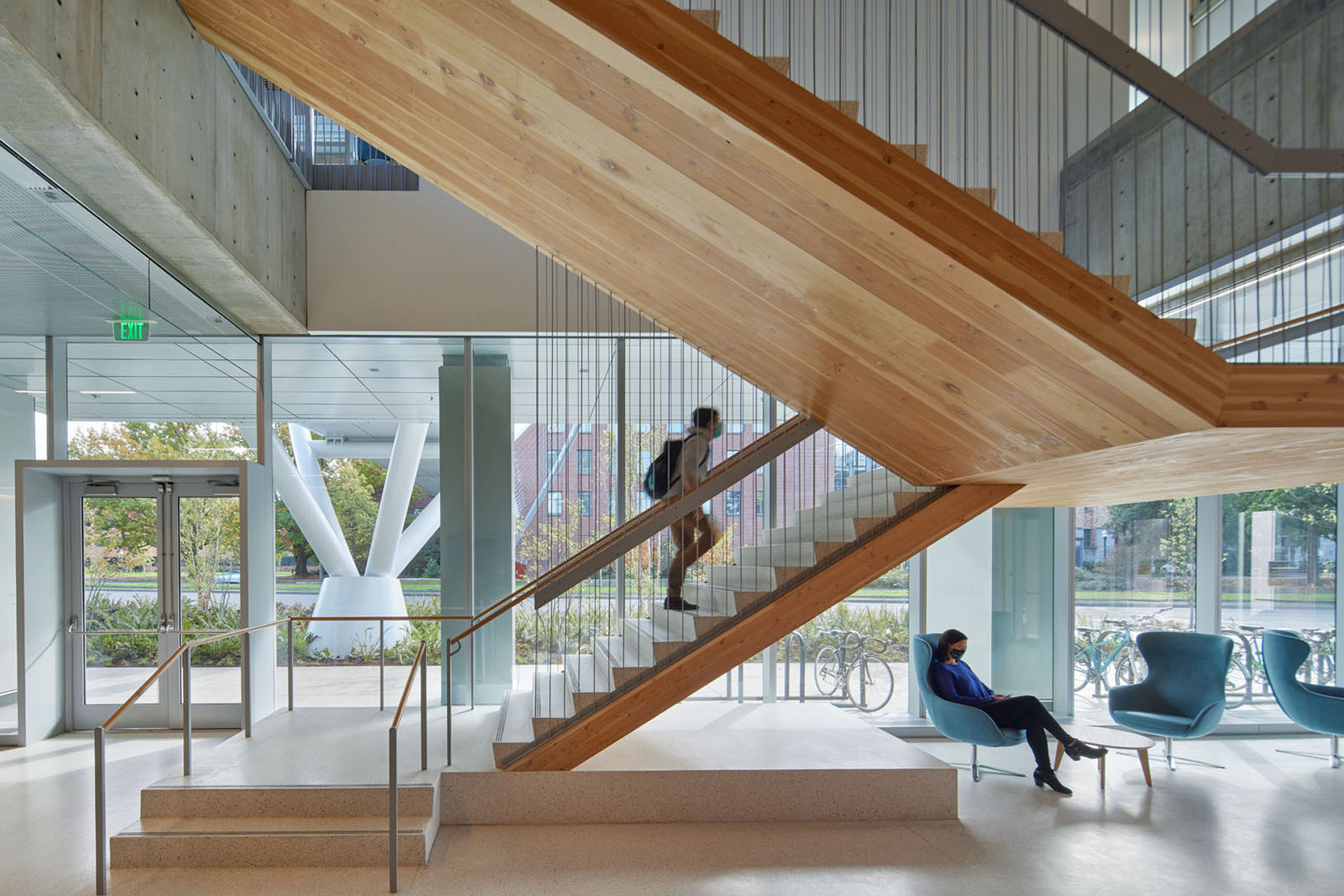
Phil and Penny Knight Campus for Accelerating Scientific Impact at University of Oregon by Ennead Architects, Eugene, OR. Jury Winner, 2021 A+Awards, Architecture +Sustainability. Also pictured in hero image.
Go Back to School
Architects spend years studying to become qualified, so, to most, the thought of going back into education can be daunting and not to mention expensive. However, many colleges and universities now offer postgraduate courses that focus purely on sustainable architecture and design. The additional qualifications can open your eyes to how we can help change the future of architecture and aim to give you all the tools you need to do so.
Northeastern’s Master of Design for Sustainable Urban Environments (MDes) brings together the allied professional fields of environmental design, landscape architecture and urban planning. Likewise, Strathclyde University offers an MSc in Urban Design that focuses on the design and management of cities concerning current and predicted urban challenges.
However, if going back to school full time isn’t an option, many architects have chosen to become LEED-certified as a way to showcase their knowledge and commitment to a sustainable future. LEED is the green building certification recognized worldwide. By taking an exam, architectural professionals can achieve an LEED credential, which helps them stand out in the employment market.
Architects are the guardians of the built environment and the need to protect our planet while developing our urban environments is only becoming more prominent. So, no matter how you choose to expand your knowledge and skills, making your practice more sustainability-conscious will inevitably make you a more desirable worker.
Architects: Want to have your project featured? Showcase your work by uploading projects to Architizer and sign up for our inspirational newsletters.
